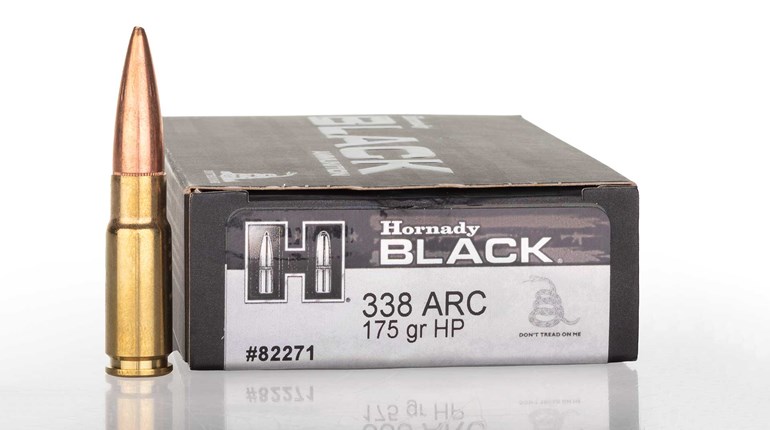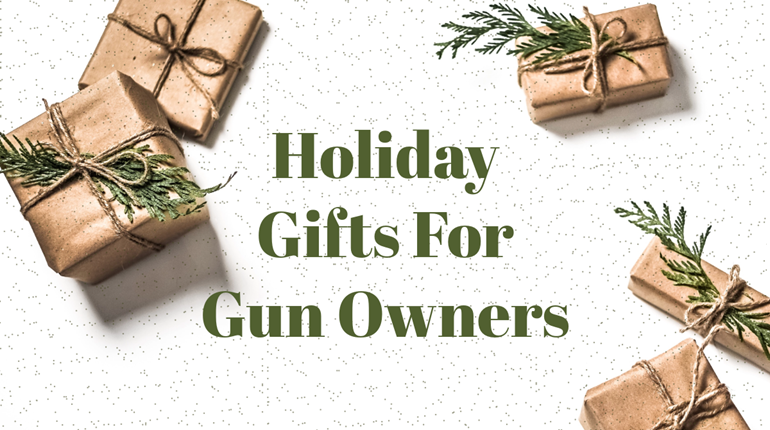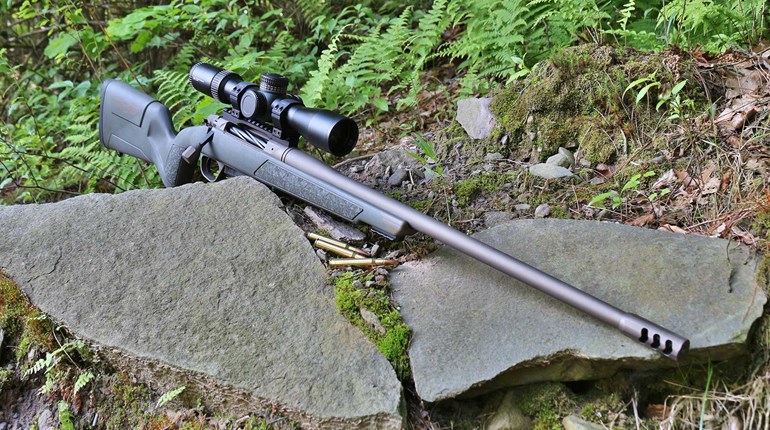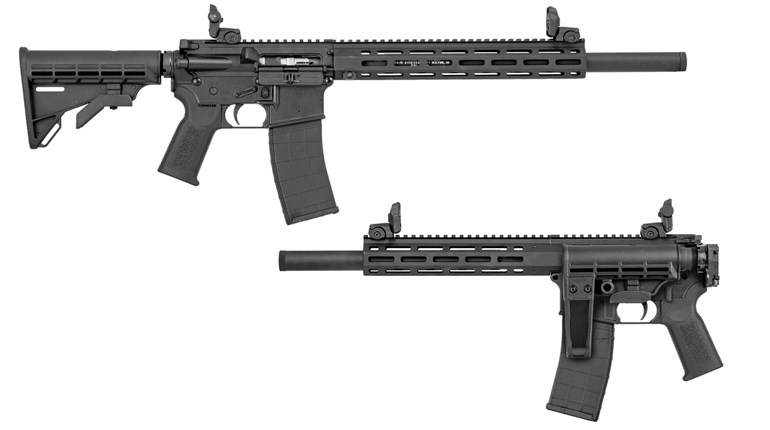
Squirrel hunting with a .22 LR is often billed as the gateway to bigger things, and I wholeheartedly believe in that sentiment. Running through the squirrel woods and taking potshots at bouncing tree rats is enough to make you want to come back every year, as it makes a terrific primer to deer or turkey season. The amount of action on a single outing can be bewildering, and tagging half a dozen or more critters in a morning is a fairly common occurrence. However plentiful the harvest, there are always the ones that get away, namely when you encounter them in pairs. Firing a gun at nature’s most skittish creature is going to send it into an instant tizzy, running and jumping faster than most can put a crosshair on. For this reason, hunting with a suppressor reigns supreme. If you’ve never tried it, you’re missing all the quiet fun.
If you’re looking to get into the suppressed-squirrel game, you’ll need to first acquire a suppressor. Being that the purchase process involves some paperwork and a $200 tax stamp, getting this purchase right the first time is important. No other cartridge responds to the difference in suppressor volume like the .22 LR, so my recommendation has always been to go with something adjustable. Essentially, the longer the barrel, the smaller the suppressor you can get away with. This is because the additional bore space slows the release of gas and dampens some of the noise. Anybody who’s fired the same ammo out of both a pistol and a rifle will instantly understand this concept. Rugged Suppressor’s Mustang22 can be configured for either firearm simply by shedding one-half of the body and its associated baffles. The process is simple and can be conducted in the field should you decide to swap equipment the morning of the hunt. A new and emerging company that is essentially building its reputation on this modular idea is MMG Silencers. Their Ash 22 can is built with multiple sections that incorporate the body and baffle into a single component. This allows you to not only set it up for a rifle or a pistol, but also to tune it perfectly for the given barrel length. Best of all, the knurled segments make the process completely toolless, so you can adjust it on the fly should you change up your ammunition or firearm mid-hunt, which brings us to our next consideration.

Ammunition selection is critical to reaping the benefits of hunting with a suppressor, and this never becomes truer than in the case of .22 LR. The noise or “report” we hear from a cartridge going off has two components: the pop of the burning propellant and the crack of the bullet traveling at supersonic velocity breaking the sound barrier. As the .22 LR uses minimal propellant, the lion’s share of its report comes from the latter. If your ammunition isn’t subsonic, you might not even be able to tell your gun is wearing a suppressor at all. Subsonic velocities vary, but typically, anything under 1050 fps is going to work in most environments. Now, with less velocity, a bullet has less driving force to perform, meaning not all projectiles are built equally. The good news is, now that silencer approval times are down to days or even hours, manufacturers are building more loads that are designed to work well at subsonic velocities. Remington’s subsonic rimfire load uses thinly copper-plated hollow-point bullets to ensure reliable expansion while keeping your suppressor clean; this makes them my choice for high-volume shooting. If your engagements are going to be longer than average, Eley makes a world-class subsonic hollow-point that is akin to match-grade fodder. Many of my rifles agree with CCI’s Segmented HP Subsonic load, built to break apart into three trauma-inducing pieces on impact, and finally, Winchester’s 42-grain subsonic load produces an extra touch of energy, making it my go-to when larger fox squirrels are in the mix. A cursory glance at an online retailer can have any of these loads delivered to your door in just a few clicks.

If your firearm isn’t already threaded to accept a suppressor, companies like Silencer Central offer services to help you with that. However, if you’re in the market, bringing home a suppressor-ready firearm doesn’t have to be expensive. One of my favorite guns out there is Rossi’s threaded, suppressor-ready R22. At less than $200, the R22 is a surprisingly capable semi-auto that can easily be silenced and comes with adjustable suppressor-height sights. There’s also a 3/8-inch dovetail for a scope or red-dot if you want to invest a little more into the package. If you have a slightly larger budget and fancy yourself a better-than-average shot, nothing beats a good target pistol to add to the fun. Now in its fourth generation, Ruger’s Mark IV Target semi-automatic pistol prints some outstanding groups, and you can easily screw a suppressor onto it for a completely silent stalk.

Once you’re canned up and zeroed in, it pays to reconsider your tactics. Typically, squirrel hunting is a boisterous pursuit, filled with the sounds of a team of hunters crashing through the woods on the heels of a yapping dog. This makes all the work you’ve just done to quiet your gunshots moot. Instead, think of it more like deer hunting, as you can post up and wait for them to come to you. In fact, my favorite place to deploy a suppressed squirrel package is from one of my deer stands; not only does it give me a better view, but it thins out the rodents most likely to make me crane my neck come deer season. Of course, babysitting your favorite oak tree is still an excellent means of filling your bag, and now that your gun is muffled, you have a better chance of pulling down the entire colony. If you’re short on mobility or you’ve had your fill of running after squirrels through the woods, adapting these suppressed methods helps to maximize your harvest while minimizing your energy expenditure. A silencer isn’t only good for the ears, it does wonders for your knees and feet, too!



































